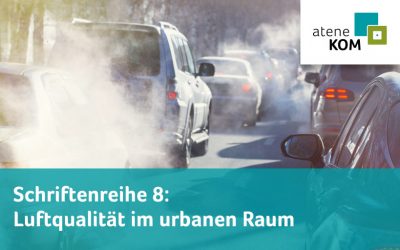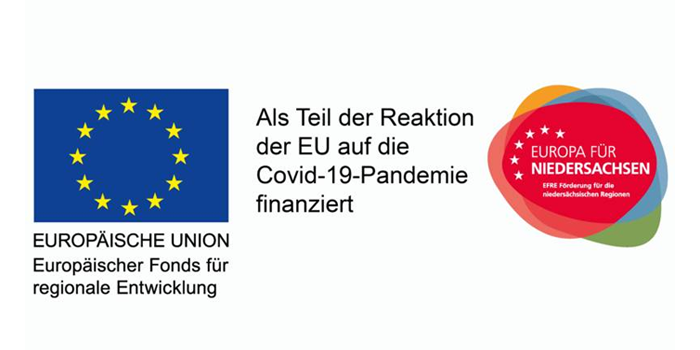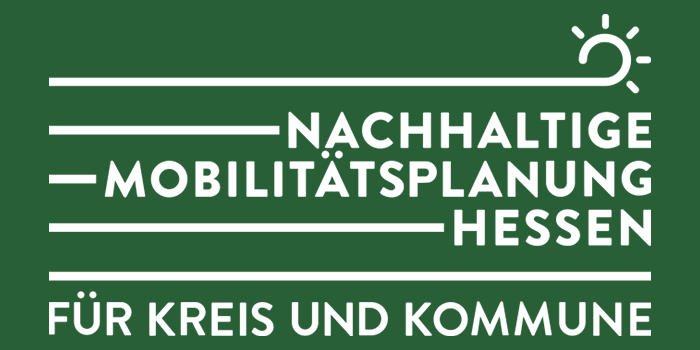
Mobility
The mobility of people and goods has changed drastically in recent years. The reasons for this include new production processes, changing population structures in rural regions, consumer behavior and new communication channels in business life. Digitalization plays a dual role here: on the one hand as a driver of certain developments and on the other as a platform for the implementation of mobility innovations. Today, sustainable regional development must consider multimodal mobility and Mobility-as-a-Service (MaaS), plan the transport infrastructure with foresight and take into account the various needs of stakeholders as well as the topic of energy.
aconium GmbH makes this its goal. We analyze the current situation and regional potential and develop effective, tailored mobility offers – even when it comes to implementing solutions for population groups that have had little mobility to date. A central role here is played by the combination of country- and transport mode-specific expertise for the use of target group-specific, innovative offers that fit into the European legal framework.
The use of geographic information systems (GIS) is helpful here, which can also be used in cooperation projects to analyze Europe-wide spatial data and create scenarios in order to develop recommendations for action for program development and crisis management.
Contributions on the topic of mobility
Study on needs assessment and acceptance analysis of demand-oriented forms of mobility published
For a long time, the car was the means of choice when it came to individual mobility. However, with the growing ecological and economic challenges, new concepts are needed - ones that are multi- and intermodal, digitally networked and, ideally, post-fossil. As one of...
Publication Series: New Article on Measures and Concepts for Improving Air Quality in Urban Areas
Although a significant reduction in air pollution has been achieved in German cities in recent decades, limit values are still regularly exceeded. The air in conurbations and places with high traffic volumes is most heavily polluted and affected by the highest...
Planning Mobility Together and Implementing it Sustainably
How can participation formats be made more attractive so that citizens become more actively involved in planning processes? What needs to be paid more attention to when developing tools and methods? These key questions were discussed at a virtual stakeholder event as...
Mobility projects
The program is aimed at municipalities significantly affected by the corona pandemic, which have been allocated a reserved budget by the managing authority ERDF and ESF in the emergency program …
The aim of TEMPUS is the realistic testing of automated and networked vehicles (AVF) for motorized and non-motorized private transport (IV) as well as public transport.
The action plan developed by the state of Hesse as part of e-smartec aims to strengthen participation processes as part of mobility planning procedures and …






